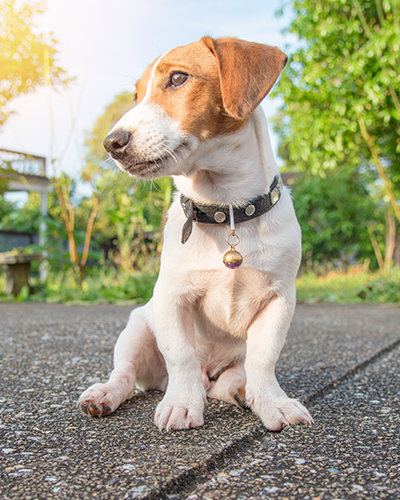
Canine hip dysplasia is an inherited skeletal disease that primarily affects large and giant breed dogs including Great Danes, Saint Bernards, Labrador Retrievers, and German Shepherds (though any breed can be affected). Hip dysplasia can cause hip arthritis and severe pain, limiting mobility and reducing quality of life. At Animal Medical Clinic, we can provide PennHIP and OFA testing to see if your puppy is at risk for canine hip dysplasia. This can help us anticipate future problems for your pet and recommend possible treatment options to make their condition more manageable.
If your puppy is a breed that is prone to hip dysplasia, schedule an appointment so we can evaluate their condition and find out if they’ll need further testing.

There is no existing cure for hip dysplasia in dogs, but their joint functionality and quality of life can be improved with medication and/or surgery. Here are some of the most common symptoms of hip dysplasia:
- Decreased activity
- Decreased range of motion
- Pain and stiffness
- Difficulty standing, running, jumping, and climbing stairs
- Hind end lameness
- Looseness in the joint
- Loss of thigh muscle mass
- Enlargement of the shoulder muscles (sign of compensation for the hind legs)
As with OFA testing, the dog must be sedated during PennHIP testing so their muscles will be relaxed and the overall looseness of their hips can be measured. Dogs with looser hips are at a higher risk for hip dysplasia than dogs with tighter hips. Three radiographs of your pet’s hips will need to be submitted for thorough review.
With OFA (Orthopedic Foundation for Animals) testing, we first need to take radiographs (X-rays) of your pet’s hips and then submit them to the OFA for review. These X-rays need to be performed while the pet is under anesthesia to ensure the images are of the best possible quality.
